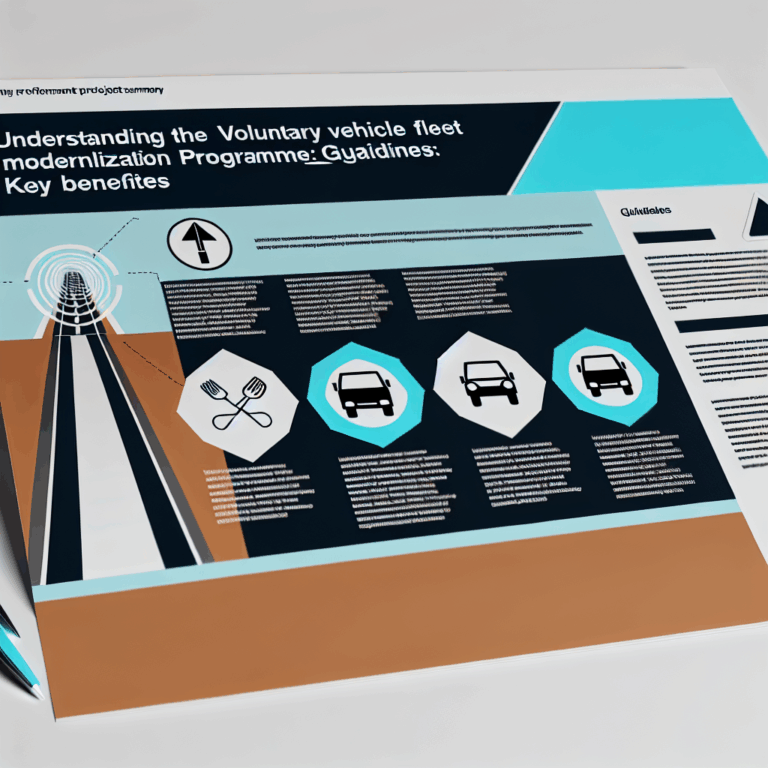Copyright @ 2023 www.digimitr.com. All rights reserved.

Enhancing Regional Connectivity: A Comprehensive Guide to Ude Desh Ka Aam Naagrik (UDAN) Scheme by the Ministry of Civil Aviation
Learn about the details of the government scheme titled “Enhancing Regional Connectivity: A Comprehensive Guide to Ude Desh Ka Aam Naagrik (UDAN) Scheme by the Ministry of Civil Aviation”. This initiative is overseen by the relevant ministry and aims on delivering benefits to eligible beneficiaries.
Here is a comprehensive overview:
Introduction
The Ude Desh Ka Aam Naagrik (UDAN) scheme, launched by the Ministry of Civil Aviation, represents a significant stride toward improving regional air connectivity in India. This initiative aims to make air travel affordable and accessible to the common citizen while also enhancing the socio-economic landscape of many underserved and unserved areas. By prioritizing regional routes, UDAN seeks to boost tourism, encourage small businesses, and stimulate local economies throughout the country. The program exemplifies a holistic approach to aviation policy, balancing the needs of airline operators, local governments, and citizens alike.
Eligibility Criteria
The UDAN scheme has outlined specific eligibility criteria for both airlines and airports to participate effectively. Airlines wishing to operate under the UDAN scheme must demonstrate a commitment to providing affordable air travel, with ticket prices set at reasonable levels. They should have the requisite infrastructure, financial stability, and aviation experience to ensure safe and compliant operations.
Moreover, airports included in the scheme must be located in regions identified as underserved, ensuring that this initiative focuses on areas that require upliftment. These airports often include smaller, regional facilities that may not previously have had significant air traffic.
Key Features and Benefits
UDAN is characterized by several key features designed to maximize its reach and effectiveness. One of the highlights of the scheme is the fare cap: in the case of regional flights, a one-hour journey is capped at INR 2,500 per passenger. This fare structure is crucial in making air travel more financially viable for ordinary citizens.
Additionally, the government provides a Viability Gap Funding (VGF) mechanism, which incentivizes operators to launch routes that may not be economically viable otherwise. This financial support encourages airlines to invest in regional connectivity, thereby reducing the operational risks associated with underserved routes.
Another crucial feature is the emphasis on safety and efficiency in operations. The UDAN scheme enforces strict adherence to safety protocols and regulatory frameworks to ensure the public’s trust and the viability of air travel across India.
Through UDAN, the government also expects enhancement in ancillary services like ground handling, check-in processes, and overall customer service experience. These improvements are essential in providing a seamless travel experience, encouraging more passengers to opt for regional flights.
Application Process
The application process for airlines aspiring to participate in the UDAN scheme is straightforward yet thorough. Interested entities must submit a proposal that outlines their plans to operate on designated regional routes. The proposal should detail the routes they wish to operate, expected passenger traffic, and the type of aircraft they intend to use.
Once submitted, the government reviews these applications and assesses them based on criteria such as ticket pricing, operational viability, and safety measures. After reviews, the selected airlines are allocated routes per the policy guidelines. This structured process ensures that only qualified airlines operate, keeping the safety and economic viability of regional air travel at the forefront.
Funding and Budget
The funding for the UDAN scheme comes from a combination of government budgets and private investments. The Ministry of Civil Aviation allocates financial resources specifically to support VGF, which serves as an incentive for airlines to operate on less competitive routes. The Ministry’s budget for this scheme is indicative of its commitment to improving regional connectivity.
Additionally, there is an expectation that private sector investments will contribute significantly to expanding regional airlines’ operations and developing airport infrastructures. Partnerships between the government and private entities are crucial in ensuring that the financial mechanisms work effectively, thus achieving the scheme’s objectives efficiently.
Achievements or Impact
Since its inception in 2017, the UDAN scheme has completed multiple phases, with a growing number of operational routes. Hundreds of new airports and airstrips have been constructed or revived, improving access to air travel for millions. More importantly, the scheme has brought air connectivity to remote and underserved areas, fostering economic development and creating job opportunities.
Tourism has notably increased in previously inaccessible regions, leading to an uptick in local businesses catering to travelers’ needs. Industries like hospitality, transportation, and retail have benefited immensely from this new connectivity, showcasing the broader positive impact on local economies.
Challenges
Despite its successes, the UDAN scheme faces significant challenges. One of the primary difficulties is the sustainability of airlines operating in these unprofitable routes. While the VGF mitigates some financial risks, certain routes still struggle to attract sufficient passenger traffic, creating a dilemma for airlines.
Infrastructure development at many of the newly connected regional airports is also a concern. While airstrips may have been constructed, supporting facilities like parking, security, and check-in areas need enhancement to provide passengers with a satisfactory experience.
Moreover, regulatory hurdles can slow the implementation of the scheme’s objectives, highlighting the need for continuous dialogue between stakeholders, including airline operators, local governments, and regulatory bodies.
Recent Updates
The UDAN scheme continues to evolve, with recent updates reflecting best practices and feedback from stakeholders. The government has launched new rounds of bidding for additional regional routes, ensuring that connectivity remains a dynamic priority.
Additionally, in response to the challenges faced, the Ministry of Civil Aviation is actively consulting with the aviation sector to reevaluate the VGF fund allocation and improve operational frameworks. These updates underscore the government’s commitment to refining the program for greater efficiency and effectiveness.
Conclusion
The UDAN scheme epitomizes India’s ambition to enhance regional air connectivity, remove barriers to travel, and bridge the gap between remote areas and urban centers. With a focus on affordability, safety, and economic development, UDAN is transforming the landscape of domestic aviation. While challenges remain, the ongoing commitment to improving the scheme and its implementations denotes a strong forward trajectory for regional connectivity in India.
FAQ
1. What is the main objective of the UDAN scheme?
The primary objective of the UDAN scheme is to make air travel affordable and accessible to the common man, while enhancing regional air connectivity across underserved and unserved areas in India.
2. How can airlines apply for the UDAN scheme?
Airlines can apply for the UDAN scheme by submitting a proposal detailing their intended operational routes, aircraft types, and expected passenger traffic. The proposals are reviewed, and selected airlines are allocated routes based on compliance with specified criteria.
3. What support does the government provide for airlines operating under the UDAN scheme?
The government offers Viability Gap Funding (VGF) to incentivize airlines to operate on routes that may not be economically viable. Additionally, safety and operational guidelines are enforced to ensure quality service in regional air travel.
For more information, check out official government site,
Official government website or relevant source not provided.
Stay updated on related schemes and initiatives using hashtags: #Enhancing #Regional #Connectivity #Comprehensive #Guide #Ude #Desh #Aam #Naagrik #UDAN #Scheme #Ministry #Civil #Aviation
Feel free to share about this scheme in the comments below!





